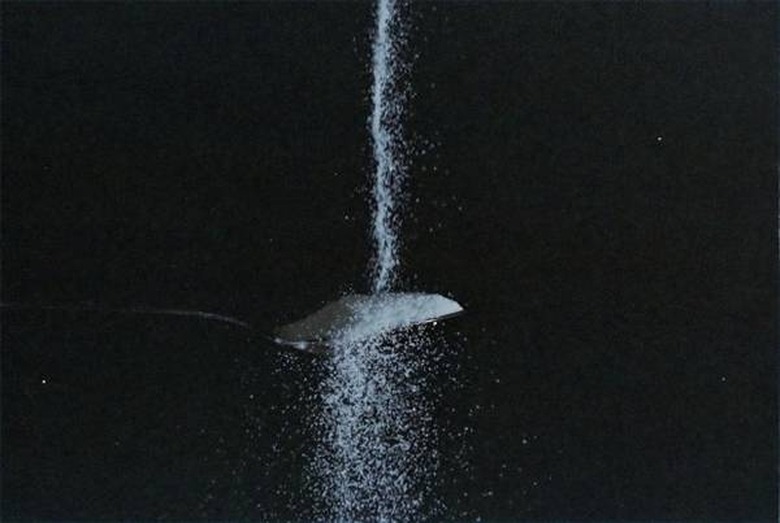Common Reducing Sugars
Oxidation-reduction reactions are chemical processes that create energy, defined by the loss or gain of electrons in molecules. Oxidation occurs when a molecule loses one or more electrons, and reduction is when the molecule gains one or more electrons. This process is important in maintaining human life by creating an energy source for the body. This process requires a catalyst, called a reducing agent or oxidizing agent. Some types of sugars, or carbohydrates, are reducing agents. A reducing sugar contains aldehyde or ketone in its molecular structure.
Glucose
Glucose
Glucose is the most common carbohydrate. This monosaccharide serves as the main source of energy for living things. It can be absorbed directly into the blood from the intestines due to its simple chemical structure. The presence of aldehyde makes glucose a reducing sugar. Glucose can be stored as starch in plants and glycogen in animals to provide an energy source later.
Fructose
Fructose
Fructose is the sweetest of the common natural sugars. Many fruits and vegetables contain this monosaccharide. Its chemical structure is similar to that of glucose. The presence of ketone makes fructose a reducing sugar. Fructose combines with glucose to make sucrose, a disaccharide sugar. In addition, fructose is also produced commercially as a sweetener.
Lactose
Lactose
Lactose is a disaccharide composed of glucose and galactose. This glucose component makes it a reducing sugar. Lactose is found in human and cow milk. The enzyme lactase breaks it down to provide energy. Some humans have low levels of lactase that can lead to a condition known as lactose intolerance, which can cause digestive problems.
Maltose
Maltose
Maltose, also called malt sugar, is a disaccharide made of two molecules of glucose. This glucose base makes maltose a reducing sugar. It can be found naturally in germinating grain, starches, and corn syrup in small amounts. Beer producers allow barley, a basic cereal grain, to reach a high starch content by growing roots in a process called malting. The starch created in this process is then converted to maltose, which ferments to create the alcohol product.
Cite This Article
MLA
Sothern, Marci. "Common Reducing Sugars" sciencing.com, https://www.sciencing.com/common-reducing-sugars-6193580/. 24 April 2017.
APA
Sothern, Marci. (2017, April 24). Common Reducing Sugars. sciencing.com. Retrieved from https://www.sciencing.com/common-reducing-sugars-6193580/
Chicago
Sothern, Marci. Common Reducing Sugars last modified August 30, 2022. https://www.sciencing.com/common-reducing-sugars-6193580/
